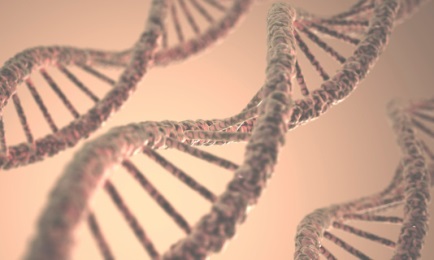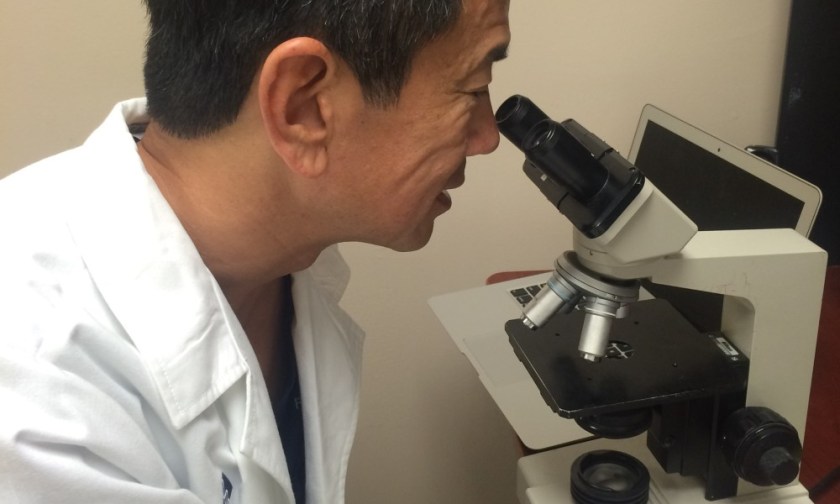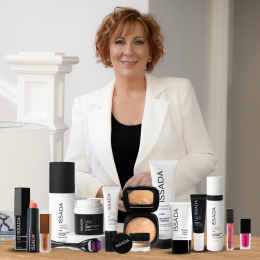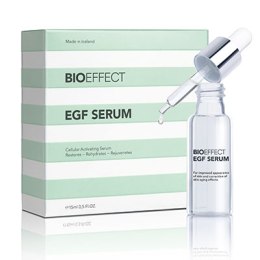Not just for science nerds, how the 2015 Nobel Prize in Chemistry will change the future of skincare. Writes Ashleigh Sharman.
It’s always difficult being at the precipice of a new skincare trend. Not only are the sceptics beating on your door but there’s also a necessary leap of faith as the rest of the industry waits for research findings and gaps in knowledge slowly filter downward.
This is how I felt for Dr Ronald Moy (above) upon delivering a talk at the Non-Surgical Symposium in Melbourne early this year on his work involving DNA repair.
I can only imagine how a large grin must have stretched across Dr Moy’s face as the Nobel Prize in Chemistry for 2015 was awarded jointly to Tomas Lindahl, Paul Modrich and Aziz Sancar “for mechanistic studies of DNA repair”. Proof, on an international scale that damaged DNA can indeed be repaired.

What this means is we now have, mapped, at a molecular level, how the cell repairs its damaged DNA and safeguards its genetic information — the Nobel Laureates in Chemistry 2015 providing fundamental knowledge of how a living cell functions.
‘Each day our DNA is damaged by UV radiation, free radicals and other carcinogenic substances, but even without such external attacks, a DNA molecule is inherently unstable. Thousands of spontaneous changes to a cell’s genome occur on a daily basis.
‘Furthermore, defects can also arise when DNA is copied during cell division, a process that occurs several million times every day in the human body.
‘The reason our genetic material does not disintegrate into complete chemical chaos is that a host of molecular systems continuously monitor and repair DNA.’ (Nobelprize.org)
Our anti-ageing industry may not have been at the forefront of their minds — use in the development of new cancer treatments is discussed in the paper — however this is not such a great leap when it comes to discussing overall skin health and furthermore the next buzz-word to appear on product packaging and in marketing campaigns.
Supported by the findings of a Nobel Prize, Dr Moy, who is based in Beverly Hills, has dedicated his life’s work to understanding the impact of photo damage on skin’s health and ageing.
Though originally developing his own skincare range as a means to reverse pre-cancers in patients with severely sun damaged skin, further research found that DNA repair enzymes used in alliance with growth factors revealed dramatic age-reversing results in clients.
“By introducing an active DNA repair enzyme cream onto the skin you can introduce repair enzymes within the skin that will support the proliferation of new cell turnover and encourage the elimination of DNA damage,” says Dr Moy of the DNA Renewal range (distributed locally by Advanced Cosmeceuticals).

Healthy DNA is vital to beautiful skin. With ageing, the production of DNA repair enzymes declines, skin cell turnover slows down dramatically, cellular repair becomes deficient, and the dermal matrix weakens.
“We need to replenish those DNA repair enzymes that have been compromised by our environment and bad habits,” says Dr. Moy.
“At the end of the day, youthful skin is the result of repairing the damage already done and preventing any further damage in the future.”
Nobel Laureate Paul Modrich’s father, a biology teacher, once told him: “You should learn about this DNA stuff”.
And that goes for our industry also as DNA is the blueprint for how we function.
“That is why curiosity-based research is so important,” says Modrich.
“You never know where it is going to lead…A little luck helps, too.”




